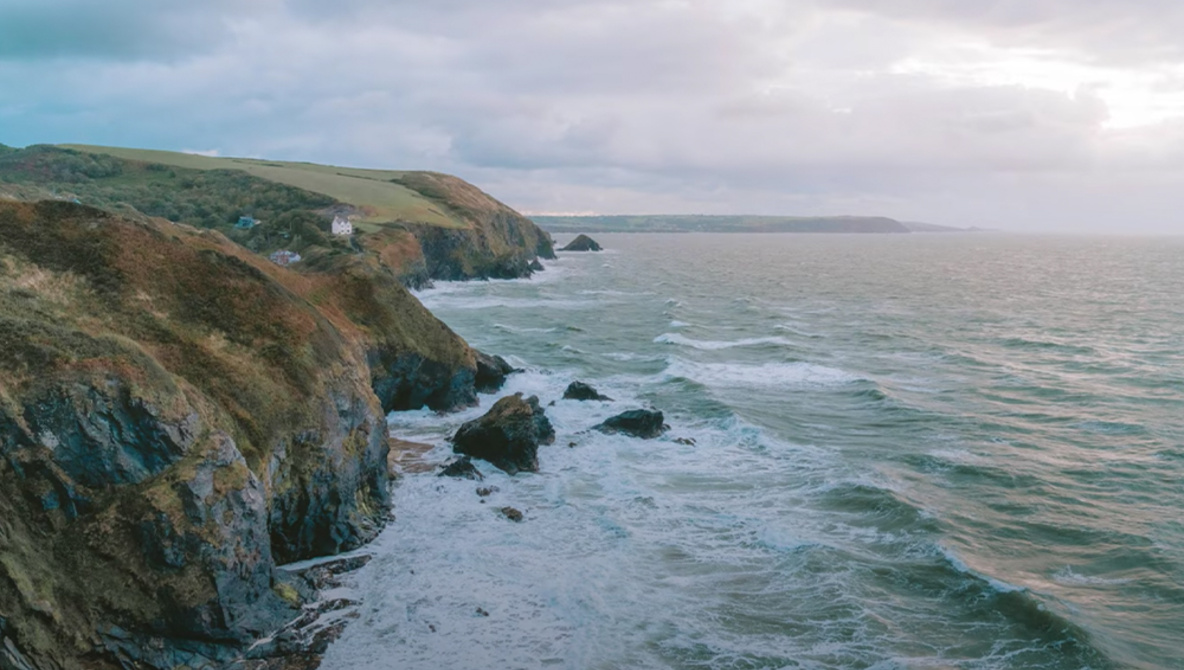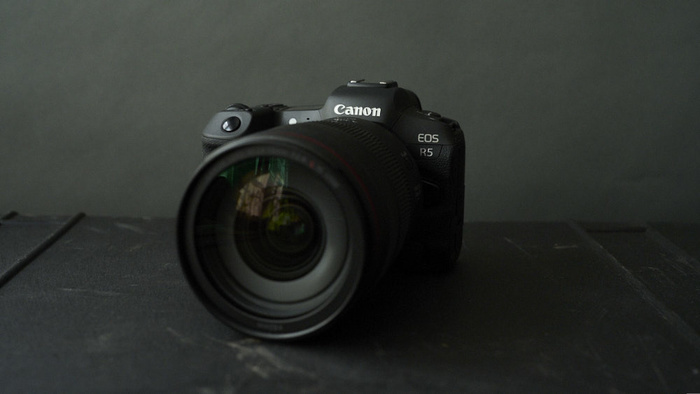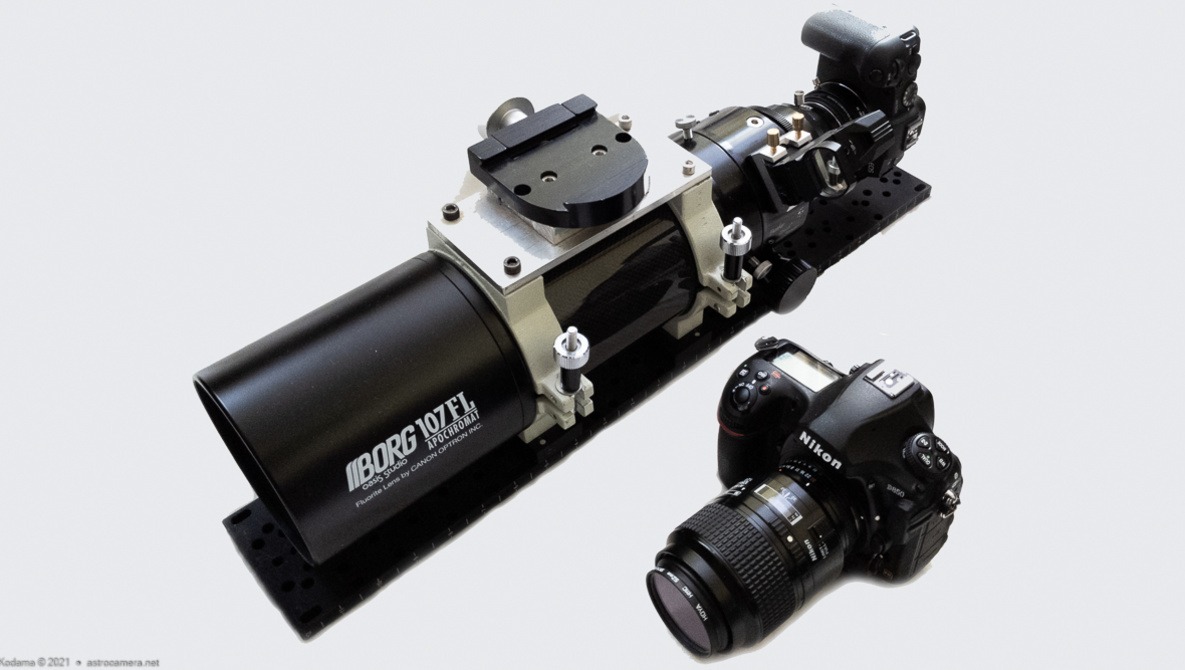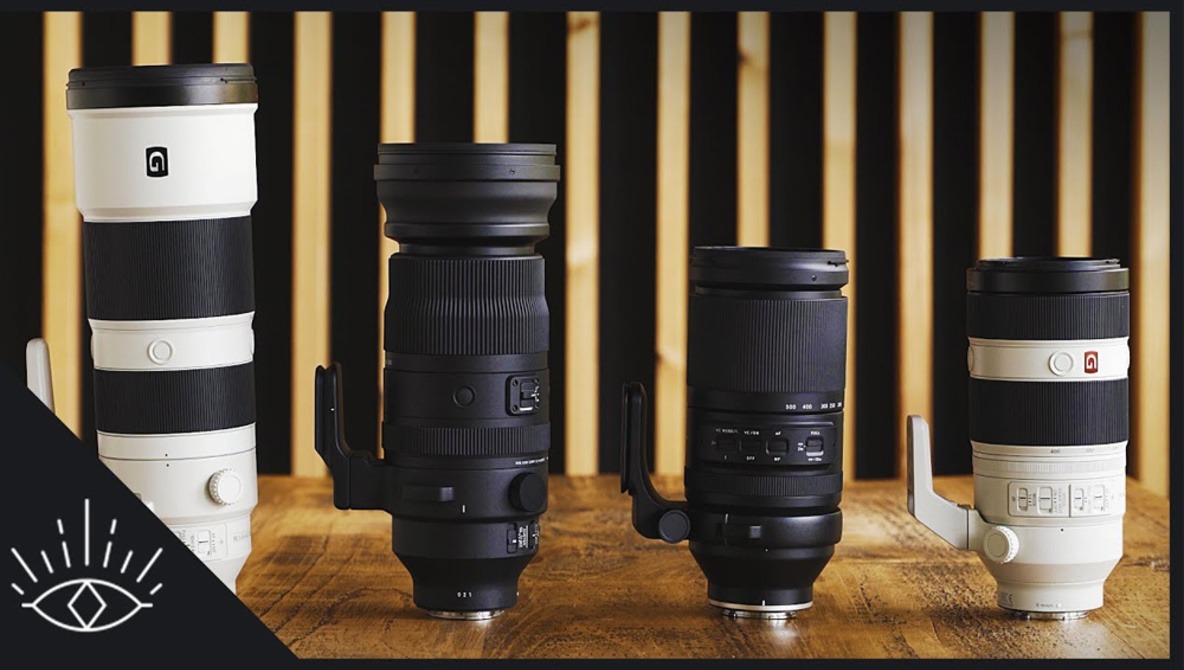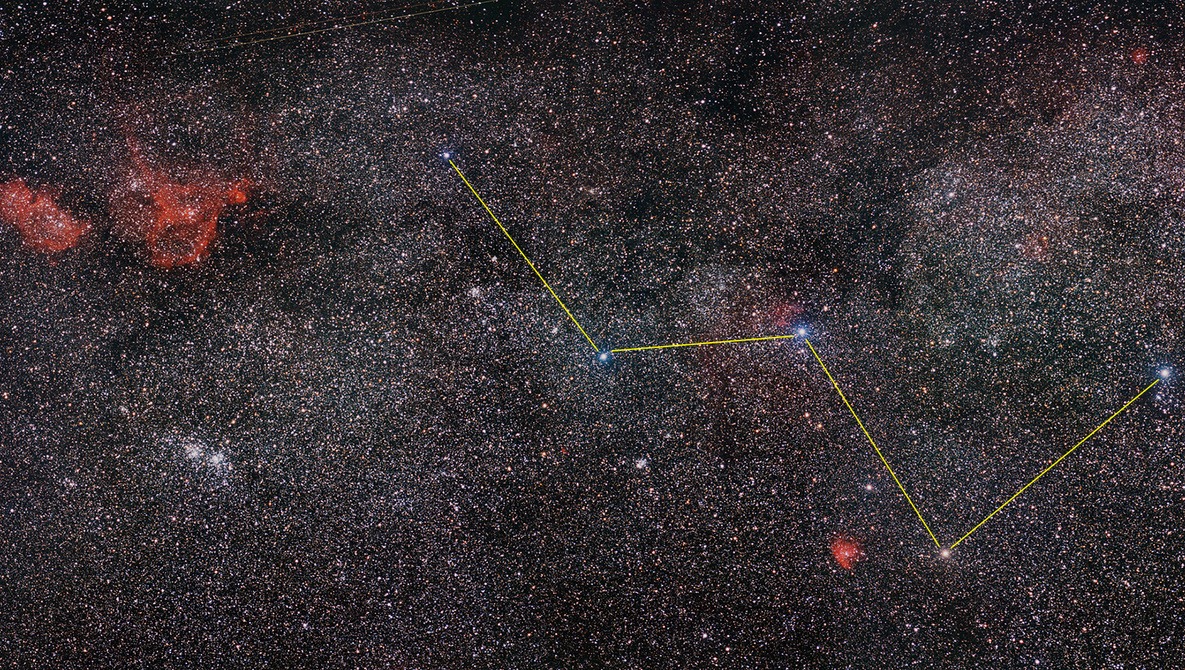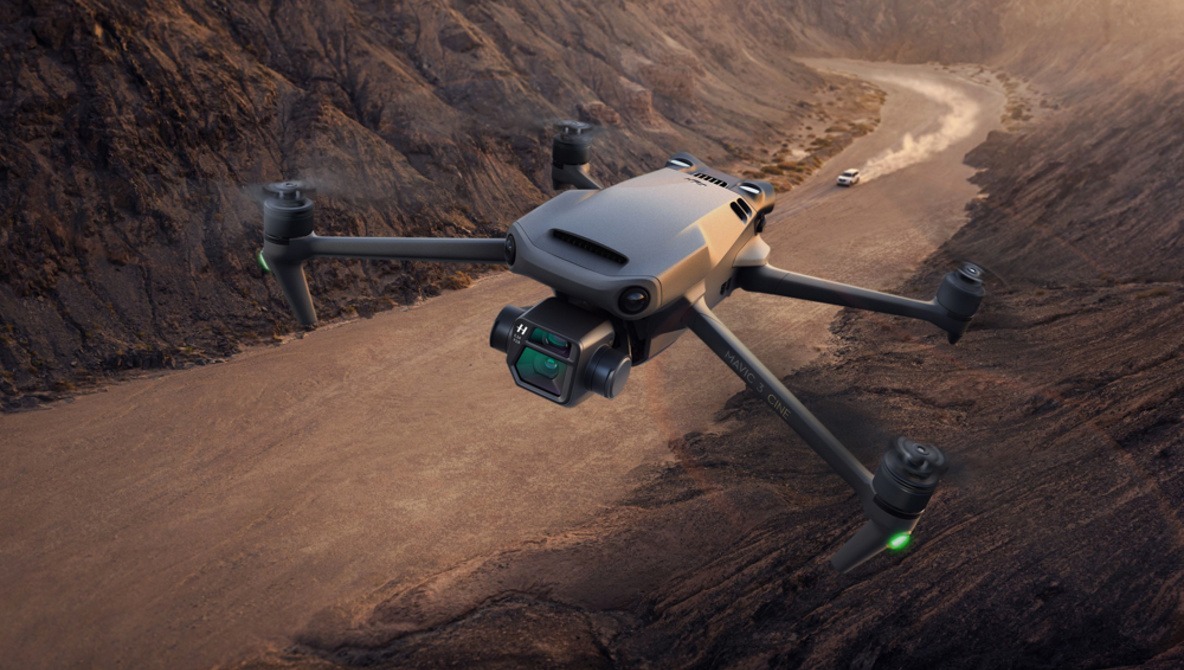Zoom lenses have come a long way in the last decade, but primes still hold the advantage in maximum aperture, portability, and often, image quality. All this is why a lot of photographers steadfastly stick with bags of prime lenses instead of just a zoom or two. So, why would a prime enthusiast use zoom lenses? This great video essay features an experienced photographer discussing the issue.
Zoom
The Canon EOS R5 Is a Mirrorless Workhorse
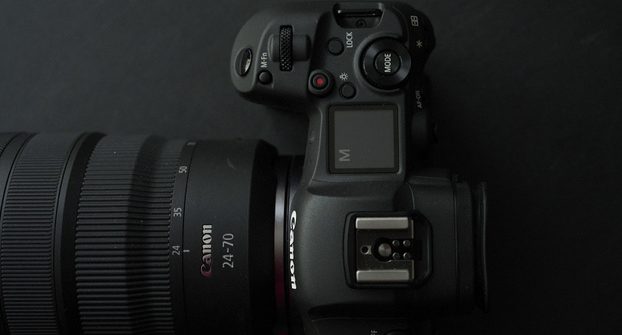
Despite being a long-time Nikon shooter and a fan of their latest mirrorless offerings, it’s only fair to keep an eye on what the competition is doing. So, with the right level of begging, I was able to get my hands on the Canon EOS R5 and thought I would offer a few brief thoughts.
![]()
Confusion at the Border: Photography Versus Astronomy
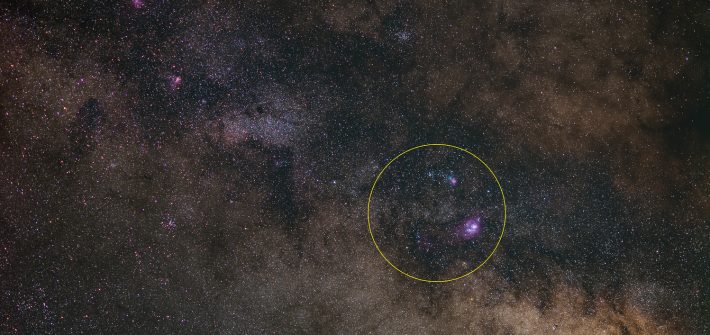
One of the biggest confusions that you might notice as you venture into astrophotography is that photographers and astronomers measure their equipment differently. Photographers tend to refer to their lenses in terms of their focal length, while astronomers refer to their telescopes by the diameter of their opening. Thus, a 75mm f/6 telescope has a focal length of 450mm. Meanwhile, a 75mm camera lens at f/6 has an aperture of 12.5mm. If a photographer is told that someone is shooting a 155mm lens hand-held, it would not raise an eyebrow, but an astronomer told the same thing would be incredulous! I can only barely lift my 155mm telescope onto its mount!
![]()
Sony, Sigma, and Tamron: Who Makes the Best Supertelephoto Zoom Lens?
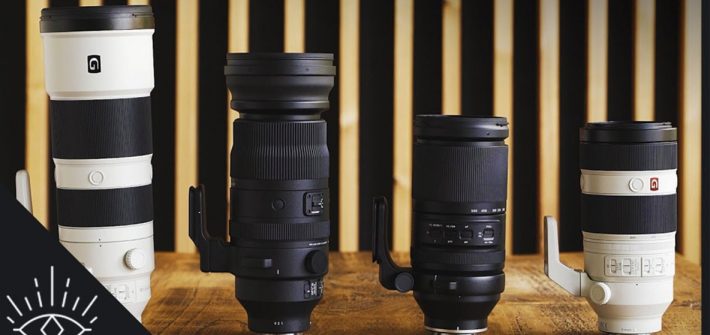
Supertelephoto zoom lenses are useful for a wide range of genres, including everything from sports and wildlife to landscapes. There are a lot of options out there, and this excellent video review takes a look at four of them, the Sigma 150-600mm f/5-6.3 DG DN OS Sport, Sony 200-600mm f/5.6-6.3 G OSS, Sony 100-400mm f/4.5-5.6 GM OSS, and Tamron 150-500mm f/5-6.7 Di III VC VXD.
![]()
A Constellation Astrophotography Project

Fall tends to be a “transitional” season for the astrophotographer. Summer constellations are still visible for early evening, but are quickly fading into the sunset. Late in the evening, some of the prominent Winter constellations are starting to come into view. In a few months these winter constellations will be high in the sky and well placed for astrophotography, so now is the time to do some planning.
![]()
Can This Affordable, Long Zoom Lens Keep Up With More Expensive Options?
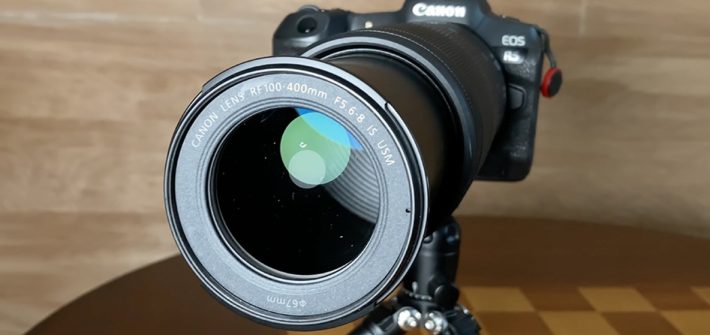
100-400mm zoom lenses are some of the most popular out there, offering a highly versatile focal length range suitable for just about everything from wildlife photography to sports and more. There are many versions of such lenses at a wide range of prices, with the Canon RF 100-400mm f/5.6-8 IS USM sitting at the budget end of things, and this excellent video review takes a look at the sort of performance and image quality you can expect from it in real-world usage.
A Look at the Nikon NIKKOR Z 14-30mm f/4 S Lens

Ultra-wide angle zoom lenses are useful for a wide range of applications, with professional models generally employing an f/2.8 aperture. However, not all photographers need to spend the kind of money or lug around the weight that comes with such a lens. Nikon’s NIKKOR Z 14-30mm f/4 S offers all the benefits of an ultra-wide angle zoom without that bulk or expensive price, and this great video takes a look at the sort of performance and image quality you can expect from it.

